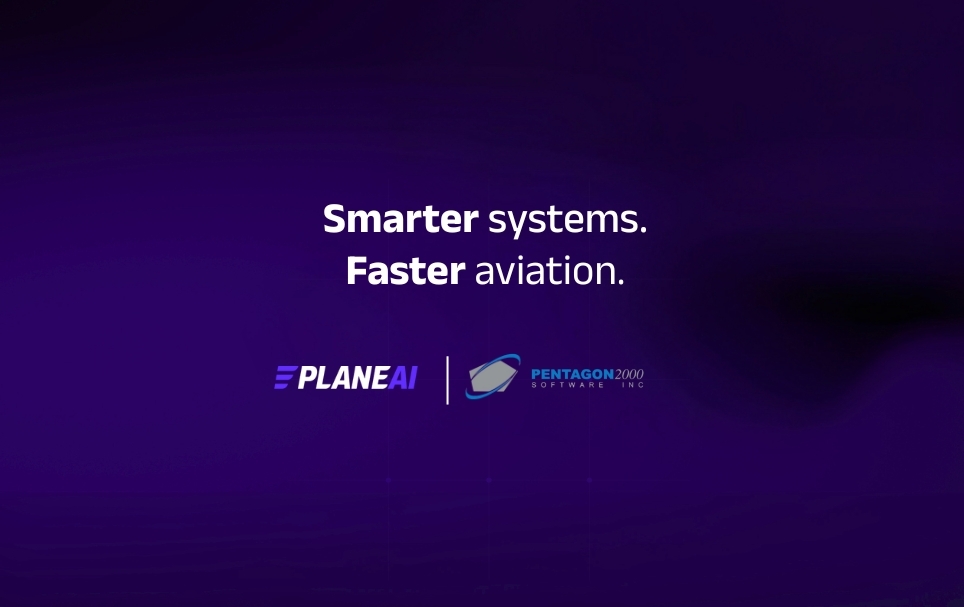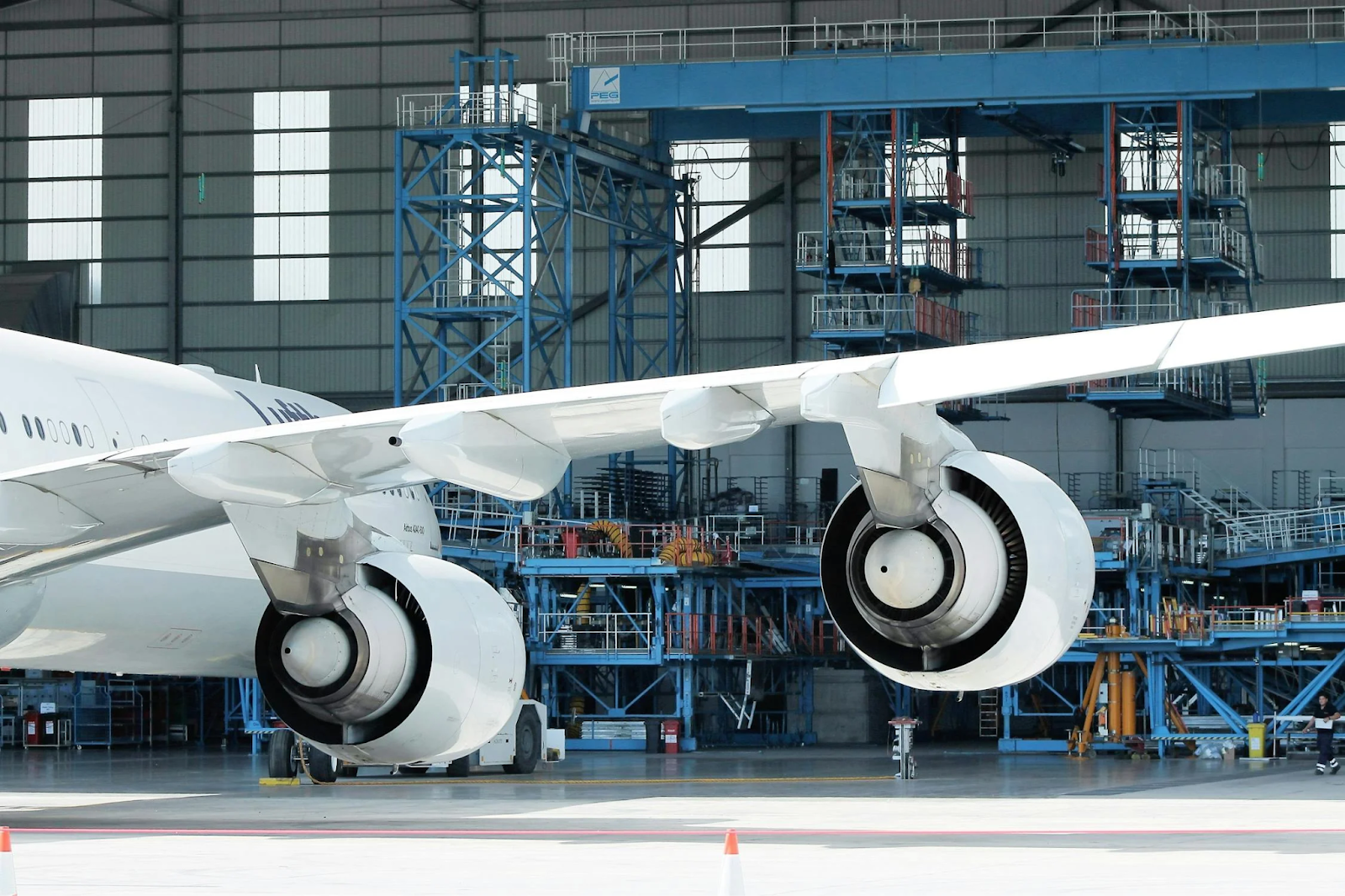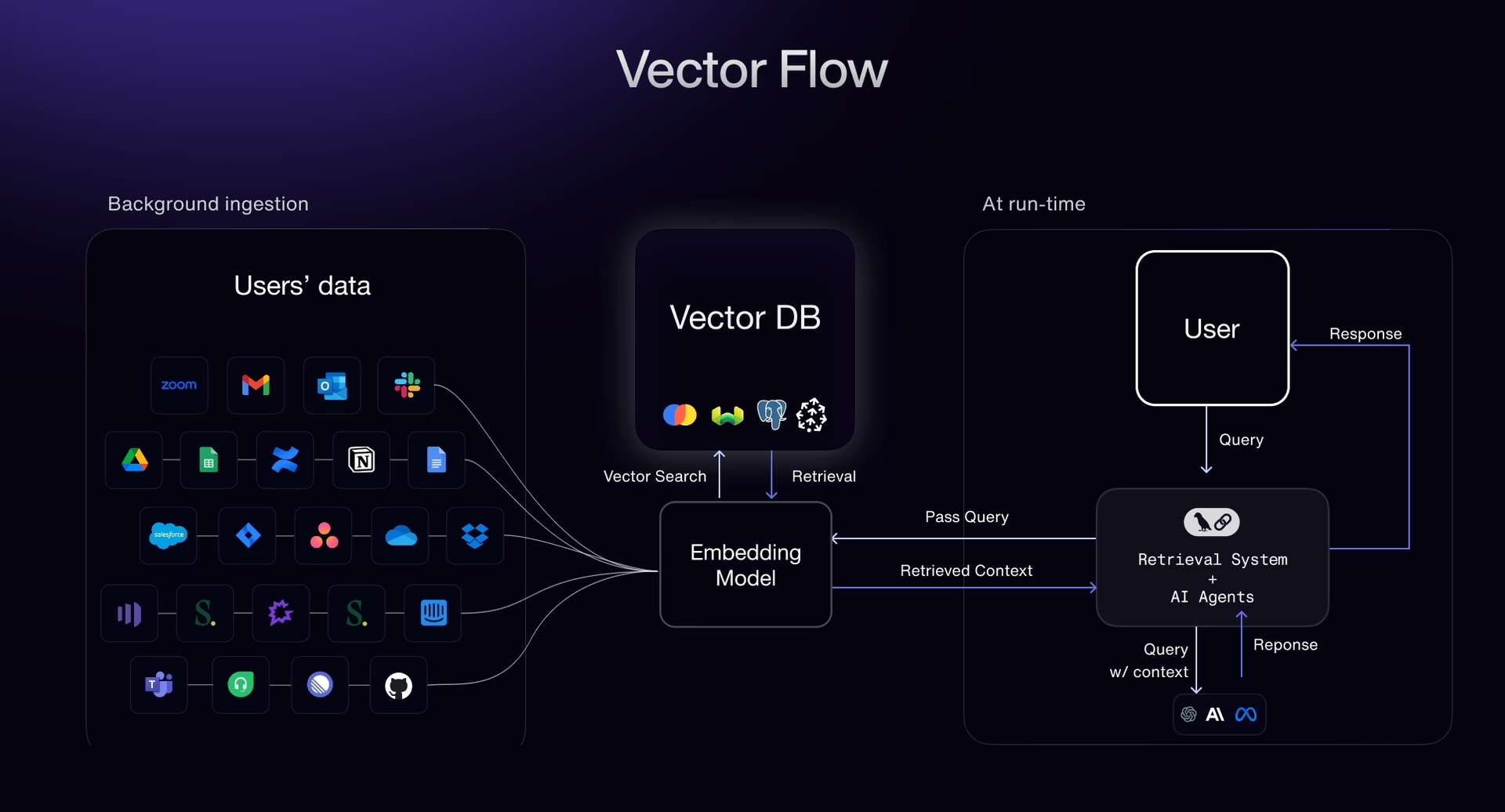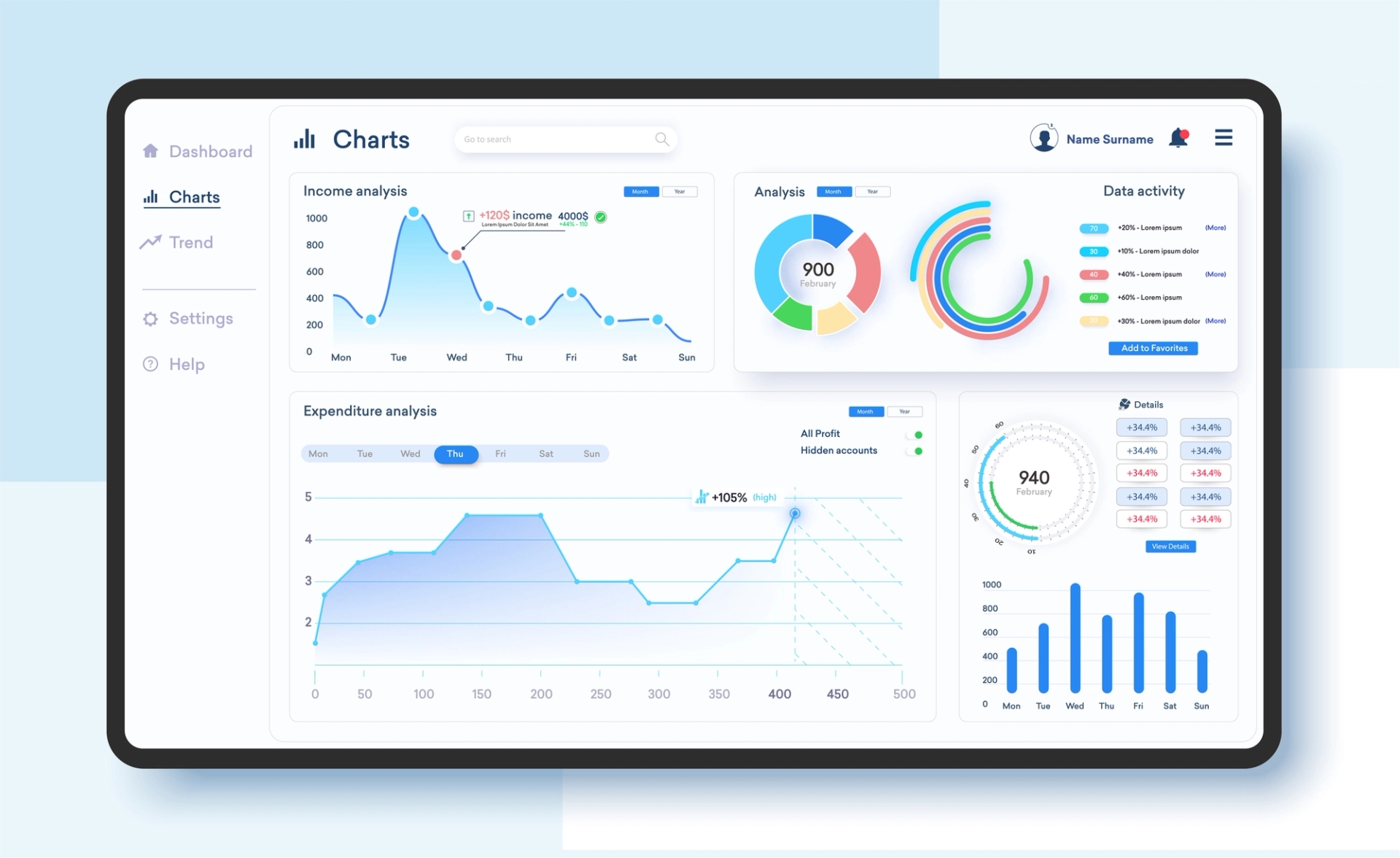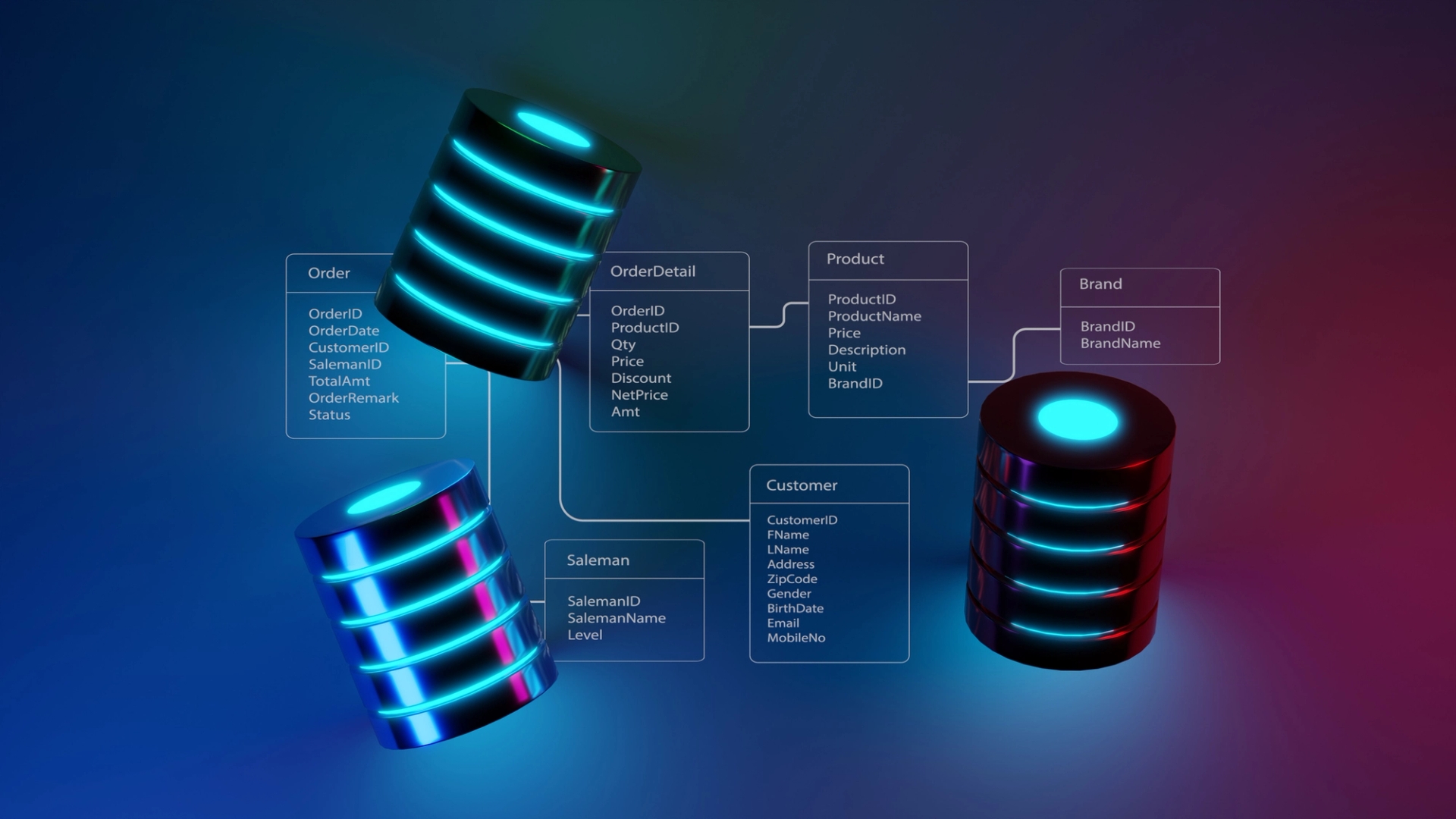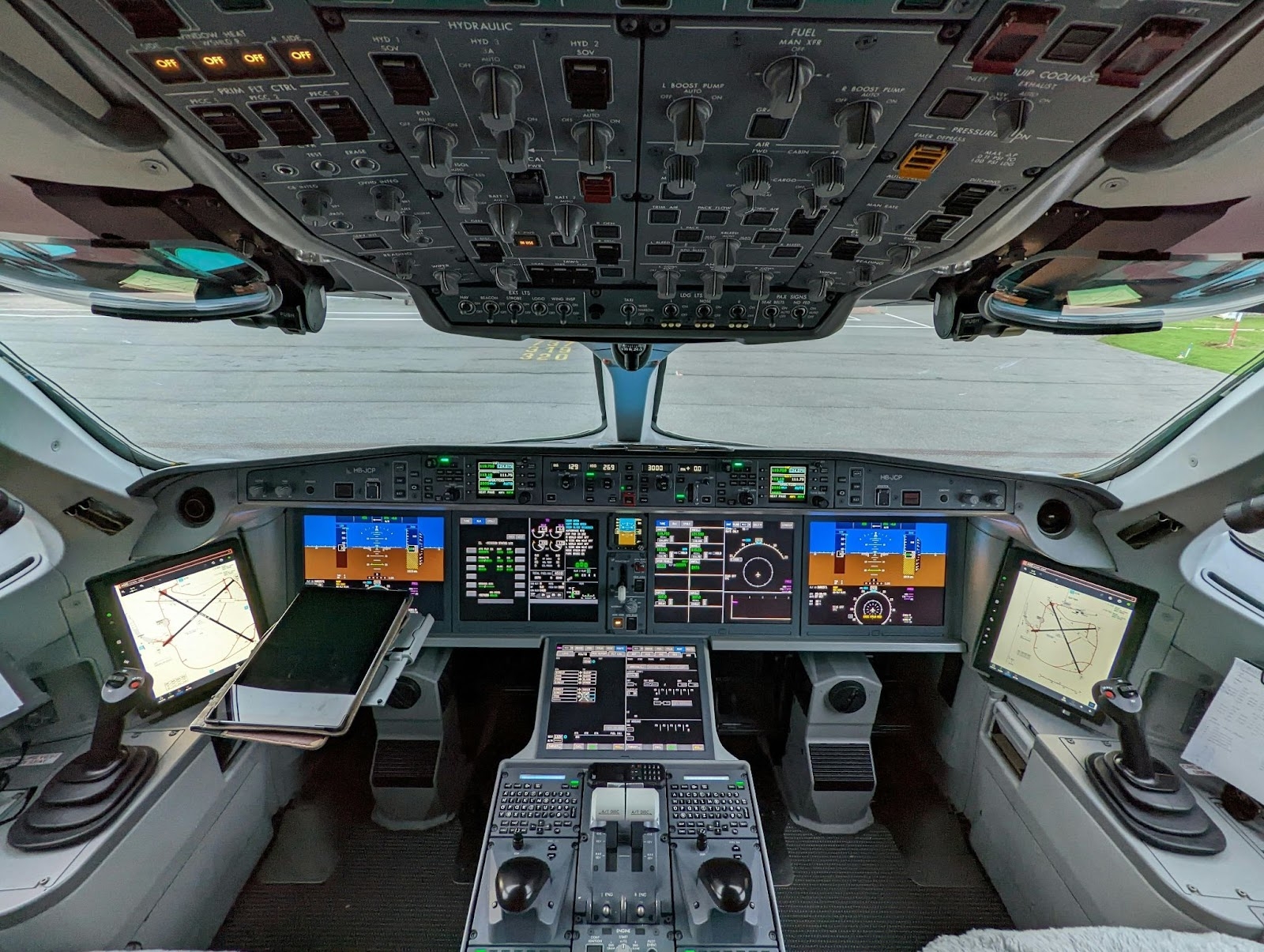
AeroGenie — Your Intelligent Copilot.
Insights & Trends
Analytics, trends, and expert opinions from the world of technology and aviation.

Featured Articles
Explore our aviation featured articles—insider pilot perspectives, aircraft tech deep dives, safety best practices, and market trends.
Learn about flight operations, industry insights, and the latest innovations.
Stay informed, inspired, and ready for take‑off.
Latest Articles
Aviation Maintenance Trends That May Gain Momentum in Uncertain Circumstances
Aircraft are staying in service longer, supply chains are a powder keg, and the tech is evolving overnight. Discover the maintenance trends gaining momentum and what they mean for operators trying to stay airborne and profitable.

October 2, 2025
Choosing the Right Aircraft Parts with Damage Tolerance Analysis
The future of aviation safety is all about the parts. Authentic, traceable parts bring optimal damage tolerance and performance to fleets for maximum safety and procurement efficiency.

September 30, 2025
How to Enter New Aviation Markets: The Complete Guide for Parts Suppliers
Breaking into new aviation markets? Learn how suppliers can analyze demand, manage PMA parts, and build airline trust. A complete guide for global growth.

September 25, 2025
5 Aviation Marketing Strategies You Should Use to Sell to Global Airlines
Airlines face shrinking margins and rising expectations. See how top strategies—dynamic offers, partnerships, personalization, and more—can close deals with global carriers.

Trends
How to Manage Your Large Volumes of Aviation Maintenance Records Efficiently
Aviation maintenance records piling up? Managing them manually is a compliance risk—and a waste of time. Learn how to digitize, organize, and retrieve records efficiently while meeting FAA & NARA mandates. Read the guide now!
Optimizing Aerospace Supply Chain With AI and Big Data
INTRODUCTION: TRANSFORMING THE PROCUREMENT PROCESS WITH AI
The aerospace supply chain is a complex system of multiple global suppliers that produce components across the entire aircraft ecosystem - frame, engine, integrated systems, etc. This system requires a robust management strategy for improved supply chain visibility, enabling airlines, OEMs, MROs, and parts distributors to make informed purchasing decisions while effectively mitigating compliance risks.
From Marketplace to Machine Learning: How We've Evolved for Aviation’s Future
Overview. We've shifted from marketplace to machine learning. Learn more about what's driven this shift and how we're driving aviation's AI-driven future into 2025 and beyond.
Why Global Supply Chain Visibility Matters for Aviation Inventory Management
Grounded aircraft, rising MRO costs, and fragile supply chains—aviation needs more than spare parts. It needs visibility. Here's how supply chain transparency powers better decisions, faster turnarounds, and future-proof fleets.
Reducing Procurement Costs in Aviation with AI-Driven Direct Bidding
Streamline your aviation procurement processes with ePlaneAI’s AI-powered solutions. From cutting costs to strengthening supplier relationships, see how AI transforms procurement efficiency.
Why Being First to Bid Matters: The Primacy Effect and Why It Matters in Aviation Procurement
Bid first, win more. Being first to bid isn’t just a statistic—it’s your competitive edge. Discover how the primacy effect and ePlaneAI can anchor your RFQ bids, outpace competitors, and secure more deals. Ready to transform procurement?
Streamlining Aircraft Parts Procurement: 5 Strategies for Faster Lead Times
Cut delays and boost efficiency in aircraft parts procurement. Explore the top 5 trends for 2025 to reduce lead times for aircraft parts procurement.
How to Manage Your Large Volumes of Aviation Maintenance Records Efficiently
Aviation maintenance records piling up? Managing them manually is a compliance risk—and a waste of time. Learn how to digitize, organize, and retrieve records efficiently while meeting FAA & NARA mandates. Read the guide now!
Optimizing Aerospace Supply Chain With AI and Big Data
INTRODUCTION: TRANSFORMING THE PROCUREMENT PROCESS WITH AI
The aerospace supply chain is a complex system of multiple global suppliers that produce components across the entire aircraft ecosystem - frame, engine, integrated systems, etc. This system requires a robust management strategy for improved supply chain visibility, enabling airlines, OEMs, MROs, and parts distributors to make informed purchasing decisions while effectively mitigating compliance risks.
From Marketplace to Machine Learning: How We've Evolved for Aviation’s Future
Overview. We've shifted from marketplace to machine learning. Learn more about what's driven this shift and how we're driving aviation's AI-driven future into 2025 and beyond.
Why Global Supply Chain Visibility Matters for Aviation Inventory Management
Grounded aircraft, rising MRO costs, and fragile supply chains—aviation needs more than spare parts. It needs visibility. Here's how supply chain transparency powers better decisions, faster turnarounds, and future-proof fleets.
Reducing Procurement Costs in Aviation with AI-Driven Direct Bidding
Streamline your aviation procurement processes with ePlaneAI’s AI-powered solutions. From cutting costs to strengthening supplier relationships, see how AI transforms procurement efficiency.
Why Being First to Bid Matters: The Primacy Effect and Why It Matters in Aviation Procurement
Bid first, win more. Being first to bid isn’t just a statistic—it’s your competitive edge. Discover how the primacy effect and ePlaneAI can anchor your RFQ bids, outpace competitors, and secure more deals. Ready to transform procurement?
Streamlining Aircraft Parts Procurement: 5 Strategies for Faster Lead Times
Cut delays and boost efficiency in aircraft parts procurement. Explore the top 5 trends for 2025 to reduce lead times for aircraft parts procurement.
Key Takeaways
Top insights of the week/month
Skipping a pre-purchase aircraft inspection can speed up a deal—but at what cost? Learn how inspections protect your investment, when they’re essential, and how to streamline the process without increasing risk.
Aviation security compliance is only as strong as its weakest link. From ICAO’s global standards to FAA and IATA best practices, here’s how to properly manage aviation security documents so it’s easier, less costly, and less busywork for everyone. Start simplifying your life.
In today’s aviation landscape, where turnaround time can dictate revenue, the quoting process remains surprisingly manual.
For many aerospace suppliers, the first step in responding to a parts request still involves digging through emails, copying data into spreadsheets, and re-entering that information into their ERP system. This is all before a quote can even be generated.
Aviation document management just got smarter. Discover how Document AI by ePlaneAI transforms compliance, safety, and efficiency in the aviation industry.
Introduction: Aviation’s Document Deluge and the Accuracy Imperative
The aviation industry is inundated with critical documents – Airworthiness Certificates, Illustrated Parts Catalogs (IPCs), maintenance manuals, FAA Service Bulletins/Airworthiness Directives, logbooks, and more. These unstructured, high-volume documents are the lifeblood of aviation operations and compliance. For example, a single U.S. commercial aircraft can produce up to 7,500 pages of new documents per year to meet DOT and FAA requirements. Ensuring that AI systems can reliably interpret and utilize this mountain of data is non-negotiable. In building aviation-grade AI, one principle stands out: the quality of AI outputs is only as good as the accuracy of the underlying data extraction. In other words, if your document data extraction is flawed, even the most advanced AI model will propagate those errors – a classic “garbage in, garbage out” scenario. AI leads and technical teams must therefore prioritize high-precision document data extraction as the foundation of any aviation AI pipeline.
Overview. We've shifted from marketplace to machine learning. Learn more about what's driven this shift and how we're driving aviation's AI-driven future into 2025 and beyond.
Stop the AOG headaches. Predictive stock analysis helps aviation businesses reduce AOG incidents, cut costs, and one-up the competition.
Grounded aircraft, rising MRO costs, and fragile supply chains—aviation needs more than spare parts. It needs visibility. Here's how supply chain transparency powers better decisions, faster turnarounds, and future-proof fleets.



